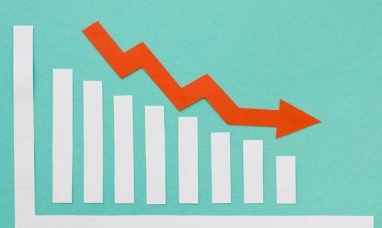The average 30-year fixed mortgage rate fell to 6.94% from 7.02% a week earlier, marking the first time it has dipped below 7% since early April, according to Freddie Mac. This is the third consecutive week of declining rates, although they have hovered around 7% for over a month.
A separate metric tracking daily rate movements showed fluctuations between 7% and 7.20% over the past week, settling at 7.17% on Thursday, as reported by Mortgage News Daily. The spring homebuying season, typically the most active period for the housing market, has been slow this year due to elevated mortgage rates, high home prices, and low inventory. Sales of previously owned homes dropped in April as supply remained tight.
“It’s challenging to achieve high volume with elevated rates and historically low inventory,” Corey Burr, founder of The Burr Group in Washington D.C., told Yahoo Finance.
Despite the pent-up demand for homes, buyers remain hesitant to enter the market even after this week’s rate decrease. According to the Mortgage Bankers Association, the volume of purchase mortgage applications declined by 1% this week compared to the previous week.
Mortgage applications are down 11% compared to the same week last year. However, refinance activity increased by 7% weekly and 21% from a year ago.
“Purchase activity continues to lag despite the recent decline in rates as potential buyers still face limited inventory and high list prices,” said Joel Kan, MBA’s deputy chief economist.
At the current average rate, a homebuyer would pay nearly $1,600 per month on a $300,000 home with a 20% down payment, according to the Yahoo Finance mortgage calculator.
Existing home sales fell 1.9% month-over-month in April, according to the National Association of Realtors, during what is typically the busiest season. Low inventory is to blame, with total housing inventory at the end of April at 1.21 million units. Despite a 9% monthly and 16% annual increase, supply remains at just 3.5 months, whereas a balanced market requires a six-month supply. Pre-COVID months saw about 1.9 million homes for sale.
“We are in uncharted territory regarding how the lock-in effect will impact home sales,” said Lawrence Yun, chief economist at the NAR. “We’ve never seen such a situation,” referring to the 3% rate rise over the past two years.
Inventory pressure has driven home prices to new highs, with the median existing home price rising nearly 6% to $407,600 in April from $385,800 a year ago. Home prices increased in all four U.S. regions, with the West experiencing the largest jump at over 9% year-over-year, followed by more than 8% in the Northeast, 6% in the Midwest, and 4% in the South.
Featured Image: Freepik








